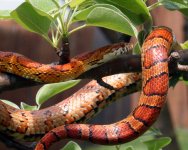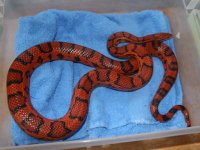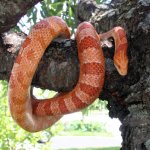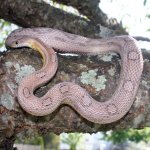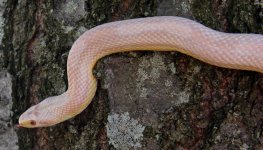starsevol
Cohabbing is cruelty...
Wow i was going to become a cintributor tomorrow, but after that infraction stuff i think im just going to leave. I thought this was a good community i guess i was wrong. Sad thing is i replied with an apology as i realized what i had done and yet i still was " punished" for my post. Sorry again but this is no community i want to be a part of. Shame on you guys, you'd think i would only need to apologize once and here i do it again. Sorry sorry sorry sorry sorry sorry hope that makes the individual that runs this forum complety happy now!?:realhot:
An infraction is what happens when rules are broken. If you read the stickies first it might have helped you out. But your reaction to this is not giving me a good first impression of you at all.
Like i said i meant no disrespect and never meant to post a sale without being a contributor. I will give this forum 1 last chance to show its a community of good intention people, like yourself. However i am hesitant and as such will wait til later to become a contributor. But i will not post furthur replies requesting business until then.
At this point, after that last post of yours, I don't care if you give this forum one last chance or not. It would be nice if you stayed and made a few friends here, but if you don't my world will not end.
Shiari the thing is even though snow does not show in the pic believe me its there. This is a result of 3 years of hard research and trial by breeding. I will post pics after they have shed. By shear definition a true kentucky normal is a combo of both amel and anery. Typically showing an prodominately orange corn with heavy black around the saddles and a checkered belly. I kbow because i have a wc kentucky normal in my collection. I have worked dillegently to document and breed my corns for this reason. The cube pattern is a result of combining the stripe/ motley pattern together. It took 1 year to produce at least a 20% clutch of.them
Honey, after reading this I really think you NEED to stay on this forum. You don't know much about genetics and how morphs are expressed. As far as "snow not showing in the picture", that would mean that the snake has to be het for amel and anery. And even then, having the hets would not make it a snow. Second, a "Kentucky normal" would be a wild type corn from Kentucky, no amel or anery involved at all. The cube pattern has nothing to do with motley.....
I don't know for sure what you have been doing for 3 years, but learning about cornsnake genetics was not it, that's for sure.

